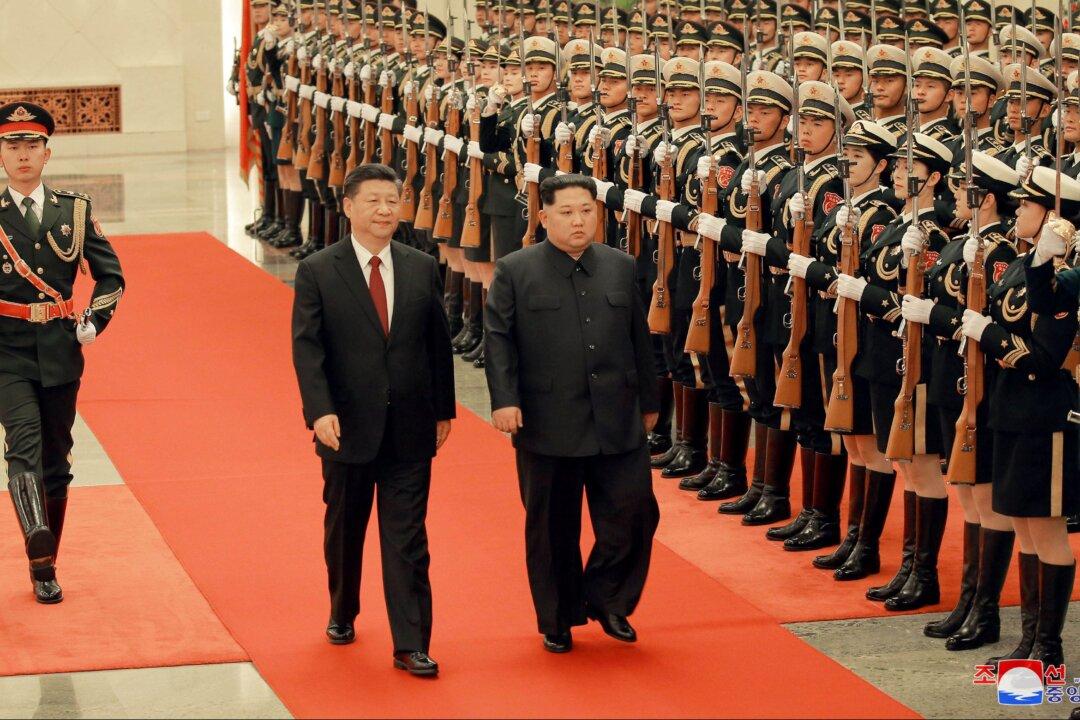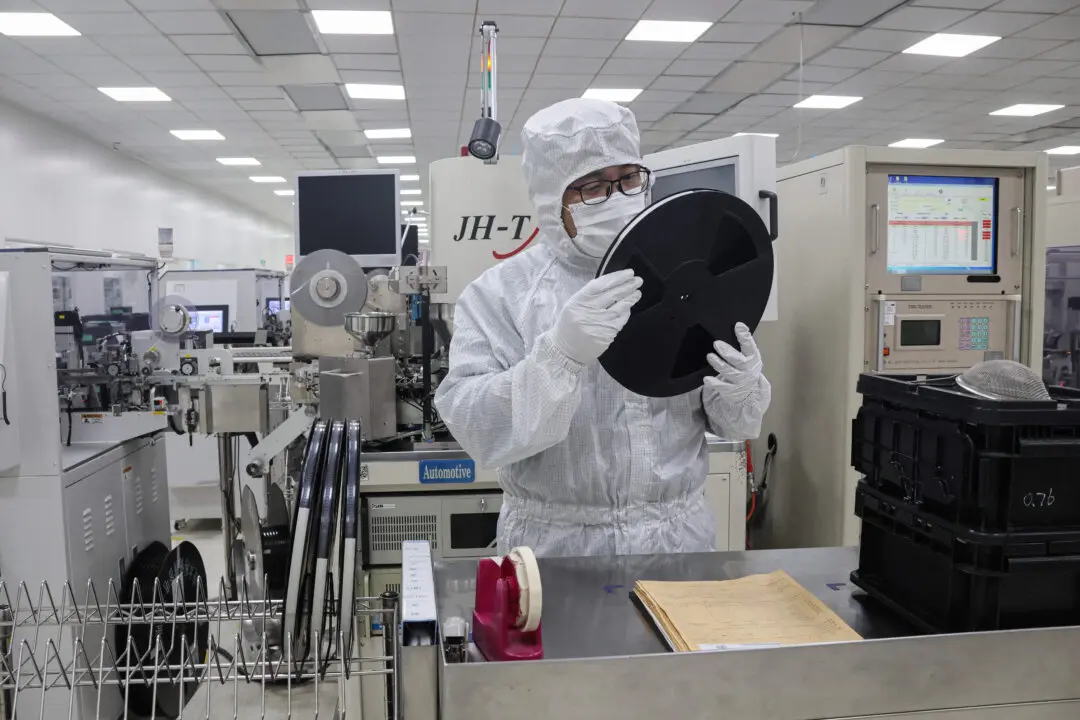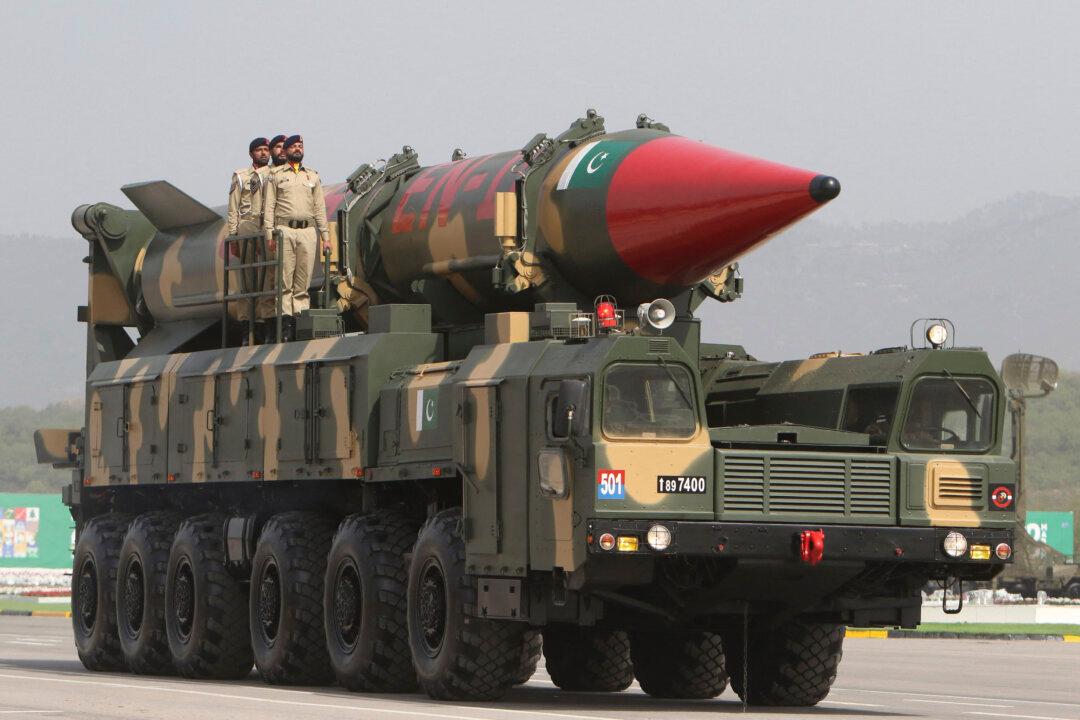On the morning of May 4 (Korean time) at its test site in Wonson, North Korea tested a new nuclear capable solid-fuel short range ballistic missile (SRBM), ending a 522 day missile testing moratorium that held since last intercontinental ballistic missile (ICBM) test on Nov. 29, 2017. This missile was reported to have flown out to 240 kilometers (149 miles).
As with many previous missile tests, Pyongyang almost immediately released imagery allowing for a closer look at this new missile. Much subsequent commentary noted the SRBM’s similarity in shape and dimensions to Russia’s 500-600 kilometer range 9K720 Iskander, also known by its North Atlantic Treaty Organization (NATO) code SS-26 Stone.





